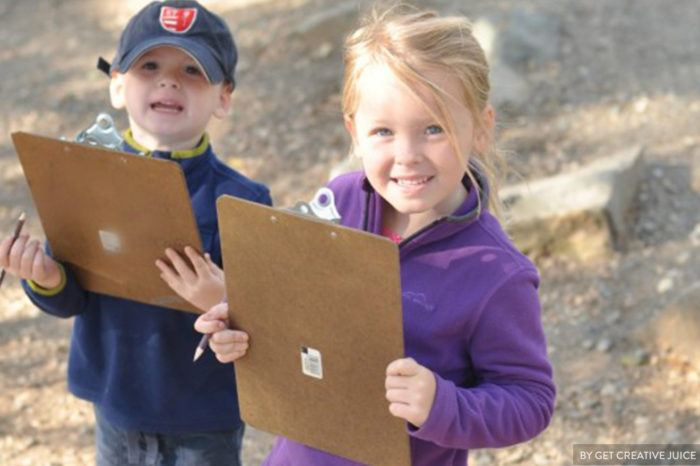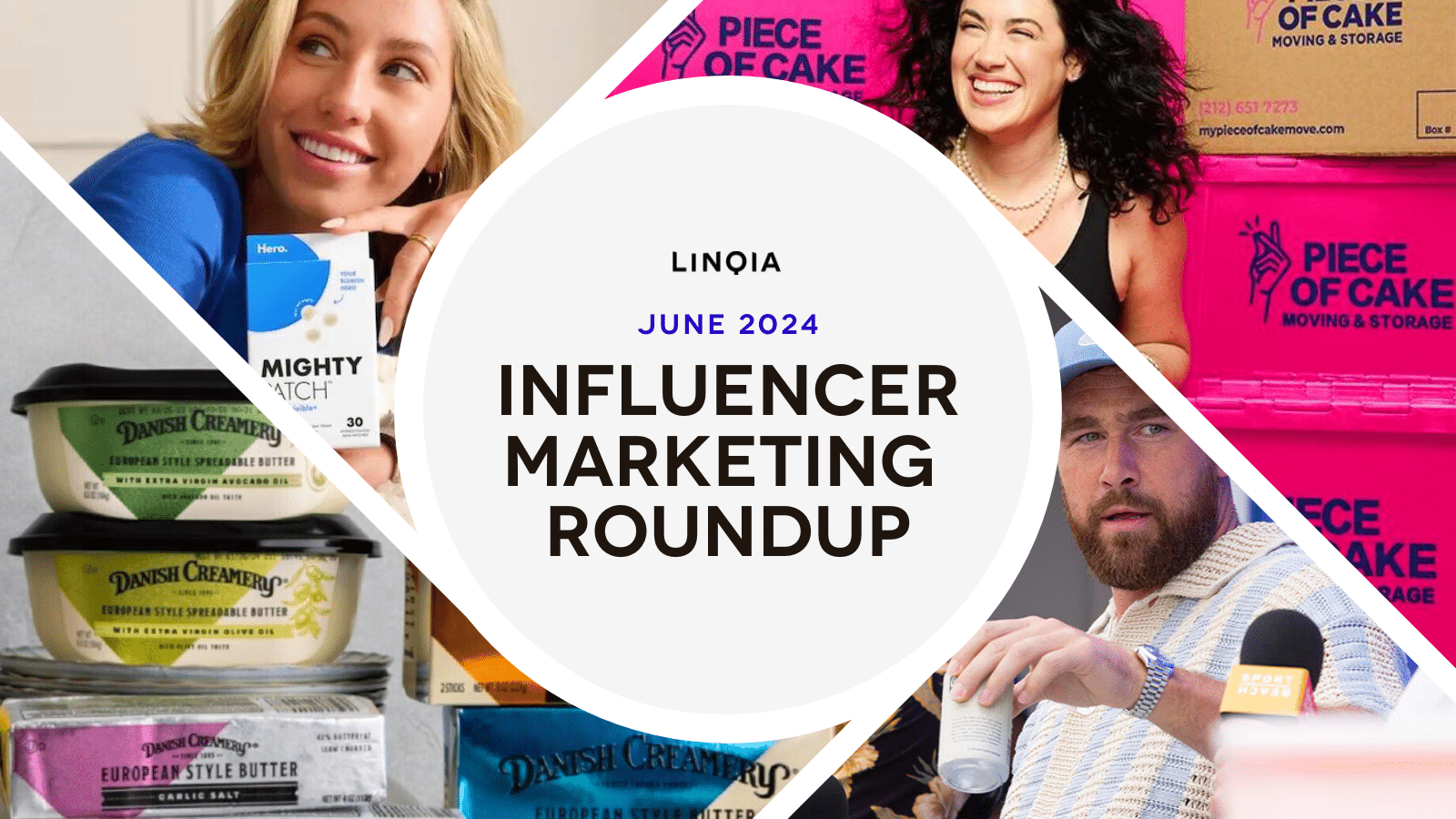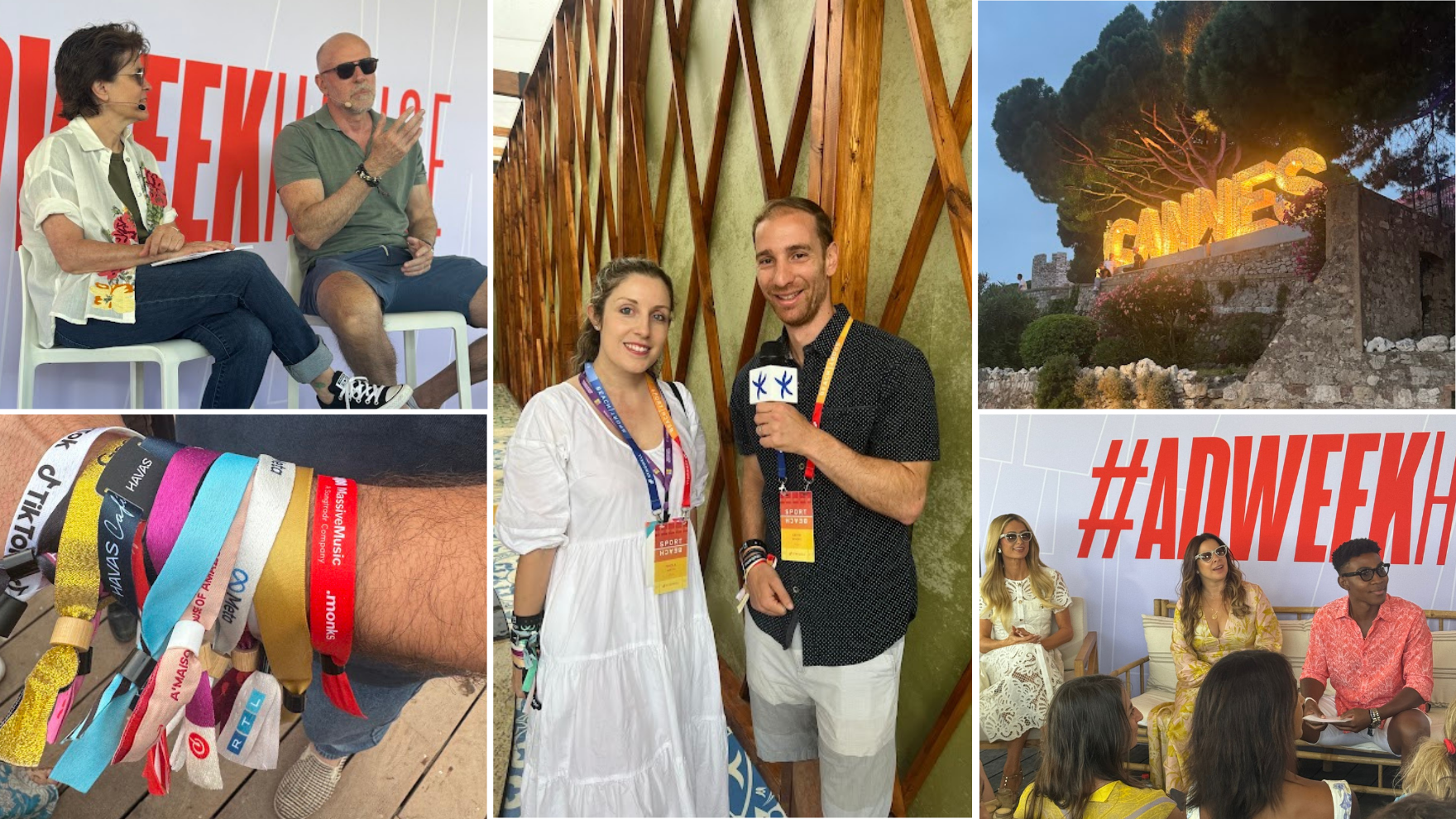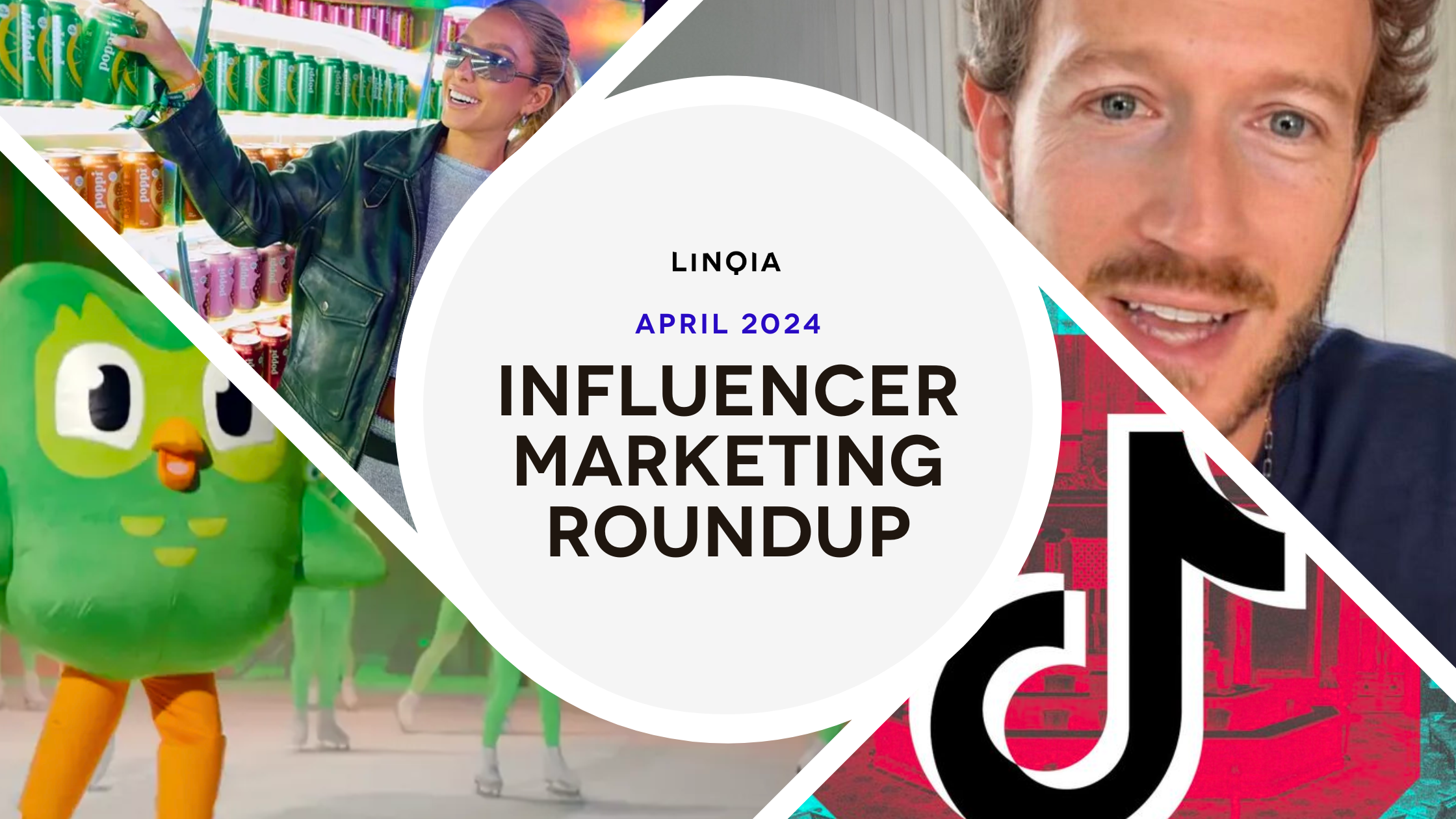This article originally appeared on Business 2 Community.
Influencer marketing is not a passing fad – According to Gartner Research, 35% of marketers use it today and another 28% plan to launch influencer marketing programs in the next year. As a result, brands and agencies are increasingly looking to partner with influencer marketing vendors that help automate the most time consuming aspects of the practice.
However, a majority of the RFPs sent to influencer marketing vendors are master documents that brands and agencies give to all of their potential media partners. While this is the easiest approach, the influencer marketing partner is left to decipher where and how influencer marketing fits into an RFP that’s asking the wrong questions.
Creating an RFP specifically for influencer marketing helps both the client and provider align on the client’s objectives and tailor their response in a way that is clear, meaningful, and impactful.
While each RFP will differ by brand, the ideal influencer marketing RFP should include the following:
Program Overview – The introduction should provide a quick snapshot into who the brand is – its mission, values, purpose, positioning, voice, tone, look and feel – so potential partners have a clear idea of what their influencers need to embody. Identify why the brand is launching an influencer marketing program and how an influencer marketing partner fits into the overall equation – is the brand looking for a self-service platform to support an existing team’s efforts or a turnkey solution provider to manage the entire process?
Target Audience – Identify the brand’s target audience, but think beyond the traditional demographics and look to include consumer interests, passions, and daily activities. Does the brand want to reach Millennial parents, pet owners, budding chefs, aspiring designers, or adventure seekers? It’s also important to understand the influencers’ communities. Just because an influencer fits your target audience, it doesn’t automatically mean their followers do.
Statement of Purpose/Opportunity – This section should be the meatiest portion of the RFP. First, identify the program’s goals, whether it’s driving sales, increasing conversions, generating traffic, or shifting consumer perceptions. Second, determine the type of influencer the brand wants to work with (power-middle, micro, or celebrity/top-tier) and the influencers’ role in achieving those goals. Will they play the primary role in a standalone influencer program designed to create evergreen content or will they support a larger media strategy? Finally, establish the program’s timeline (seasonal, yearly, or a custom duration) and preferred geography (local, regional, or national).
Scope of Work/Responsibilities – In this section, outline the influencers’ specific deliverables and tasks. Is the brand looking for rich storytelling, DIY videos, product photography, or recipes? Do they want influencers to drive their audiences to landing pages where they can learn more about the product, download coupons, or sign up for giveaways and sweepstakes? Include any specific messaging requirements, but also remember that influencer marketing is most effective when influencers create content in their own words. Aim to create content that reflects unique and authentic experiences with the product.
KPIs/Measurement – How will the brand measure the effectiveness of the program? KPIs will differ depending on the program’s goals, but common influencer marketing metrics include reach, engagement, quality and quantity of content, traffic, and conversions (sales, downloads, or sign-ups). However, beware of the influencers whose follower counts seem too good to be true. In an effort to attract more sponsorship opportunities, many influencers buy fake followers, boosting their follower count with dummy or inactive accounts. An effective influencer marketing program measures how influencers move their audiences through the purchase funnel, tracking program performance by engagement, clicks, and conversions instead of potential reach.
Background – The background section should provide an overview that details the brand’s experience with influencer marketing. Will this program be their first foray into influencer marketing or has the brand participated in influencer marketing programs in the past? If it is not the first influencer marketing program, include what went well or and didn’t go well in previous programs.
Content/Assets Provided – List the content or assets the brand will provide for the program. Common assets include the brand’s logo, promotional images, videos, event details, coupon access codes, giveaway rules, and landing pages.
Submission Requirements – Provide the specific requirements or deliverables needed for submission. In addition to a detailed proposal that addresses the RFP’s requests, you should also request case studies from relevant past programs, sample influencer lists, and pricing.
Timeline – Lay out the evaluation period including the RFP release date, the RFP response due date, and the final vendor selection date.
Evaluation Criteria – Include the evaluation criteria the brand will use to make a final decision.
More than one-fifth of brand activation spend in the US is on influencer marketing. Before beginning a search for the right influencer marketing partner, take the time to develop an RFP that will return a list of vendors primed to make your program a success.
For a head start on your influencer marketing program, download a sample influencer marketing RFP today.




